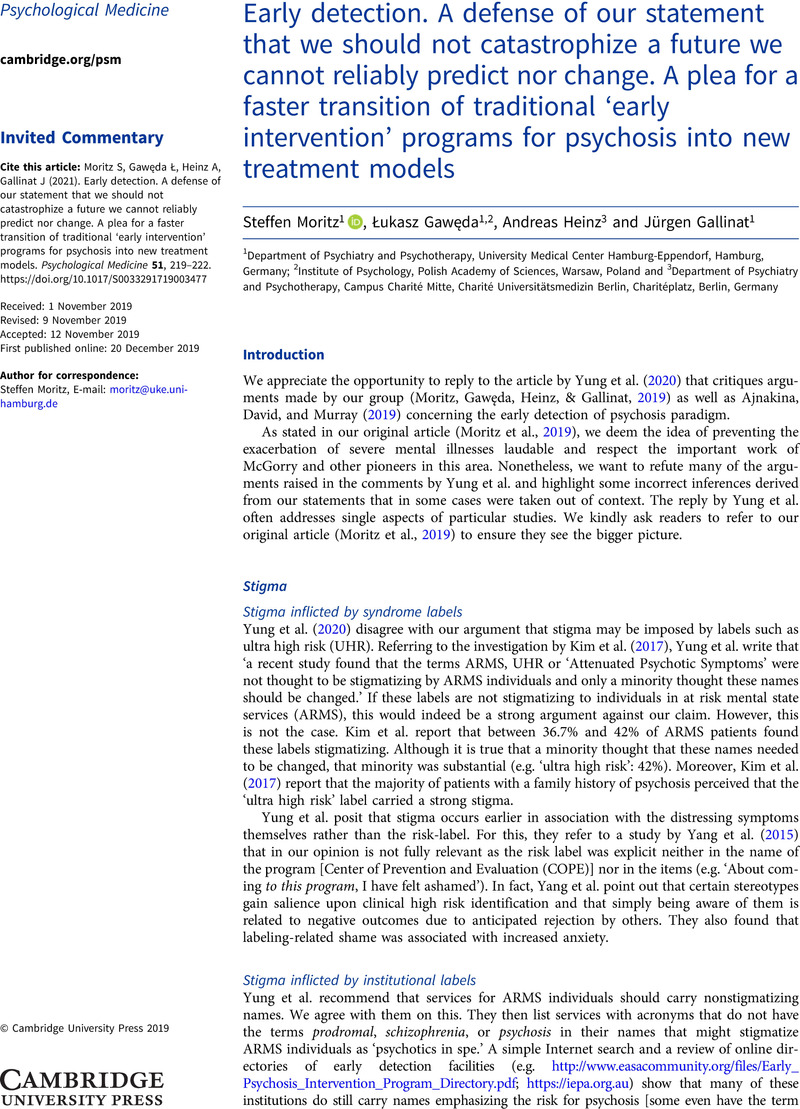Crossref Citations
This article has been cited by the following publications. This list is generated based on data provided by Crossref.
Addington, Jean
Farris, Megan
Devoe, Daniel
and
Metzak, Paul
2020.
Progression from being at-risk to psychosis: next steps.
npj Schizophrenia,
Vol. 6,
Issue. 1,
Xiao, Yu
Wu, Xiao-hong
and
Liu, Liang
2023.
From bench to bedside: Challenges in implementing precision psychiatry.
General Hospital Psychiatry,
Vol. 85,
Issue. ,
p.
251.




